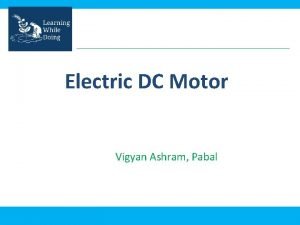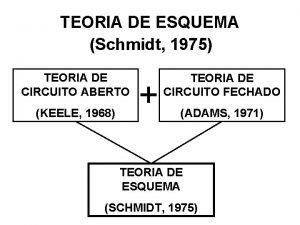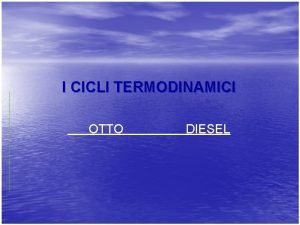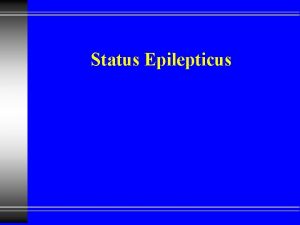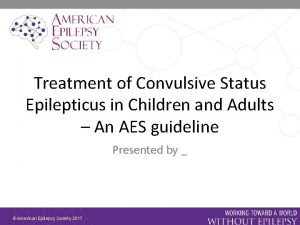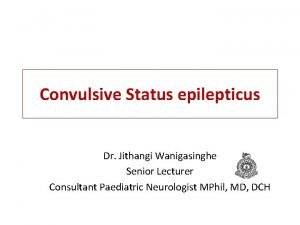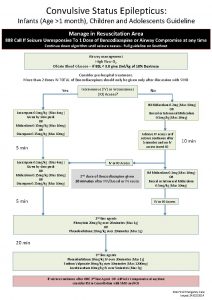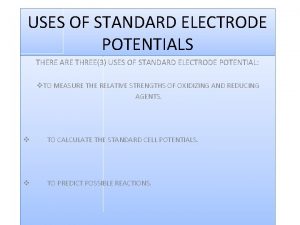Status EpilepticusDefinition 1 Major motor convulsive status Three3









- Slides: 9

Status Epilepticus-Definition 1. Major motor (convulsive) status Three(3) seizures uninterrupted by consciousness or a single prolonged seizure greater than 1/2 hour. 2. Spike wave stupor (Absence or Petit mal status) and complex partial (psychomotor) status are prolonged alterations of consciousness verified by EEG as epileptic.

Status epilepticus n n It is a medical emergency – requires prompt and aggressive treatment Therapy should be aimed at: n Rapid termination of status epilepticus n Prevention of seizure recurrence n Treatment of underlying cause

Status Epilepticus - Treatment Immediate treatment 1. Secure IV line draw blood for analysis (including anticonvulsant levels). 2. Push 50 cc of 50% Dextrose i. v. , 100 mg thiamine i. v. 3. Monitor vital signs. 4. Examine patient. 5. Protect airway, tongue, head, never leave patient alone 6. Intubate all patients if first line drugs fail.

Status Epilepticus - Definite Treatment Non-specific Ø Correct electrolyte imbalance - acidosis lowers seizure threshold, treat with bicarbonate if p. H<7. 1 Ø Lower fever Ø Antibiotics/ LP if indicated Ø If neurologic exam dictates, treatment of underlying cause may proceed concurrently with drug therapy, e. g. , neurosurgical decompression. Ø Hypotension – maintain BP

Status Epilepticus-Definitive Treatment a. Diazepam - 10 mg IV push over 30 -60 seconds repeat after 10 -15 mins upto 30 mg (5 mg/min) Repeat after 2 -4 hrs. 100 mg/day i. Good results, easy to administer. (fast acting, short lasting) ii. If two doses fail to stop status, then further doses probably won't work either. iii. Side effects -- hypotension, bradycardia, respiratory depression, cardiac arrest, depresses mental status.

OR Lorazepam - 4 mg IV push (2 mg/min) may be repeated. i. Fast acting, medium lasting. ii. Respiratory depression only in the extubated patient.

Status Epilepticus-Definite Treatment b. Phenytoin - 12 -20 mg/kg IV (slow IV push) (50 mg/min) fast and long acting. i. Presently used concomitantly with a benzodiazepine ii. Its p. H is 12, all i. v. fluids are p. H 4 -6. Do not add to dextrose drip as it preciptiates. iii. Monitor BP and ECG

d. IV Valproate - 25 mg/kg IV push, may repeat. e. i. Generally not used because of lack of experience. Good results in both major motor and absence status. ii. fast acting, long acting. iii. Far less side effects than Diazepam and dilantin especially in unstable cardiac status, hypotension, hepatic failure etc.

Status Epilepticus - Definite Treatment n n n Other drugs that can be used: IV Midazolam, IM fosphenytoin IM paraldehyde In children and when venous access unavailable, rectal diazepam, lorazepam, midazolam or paraldehyde. IV thiopentone, IV lignocaine, IV propofol. Neuro muscular blocking agents


